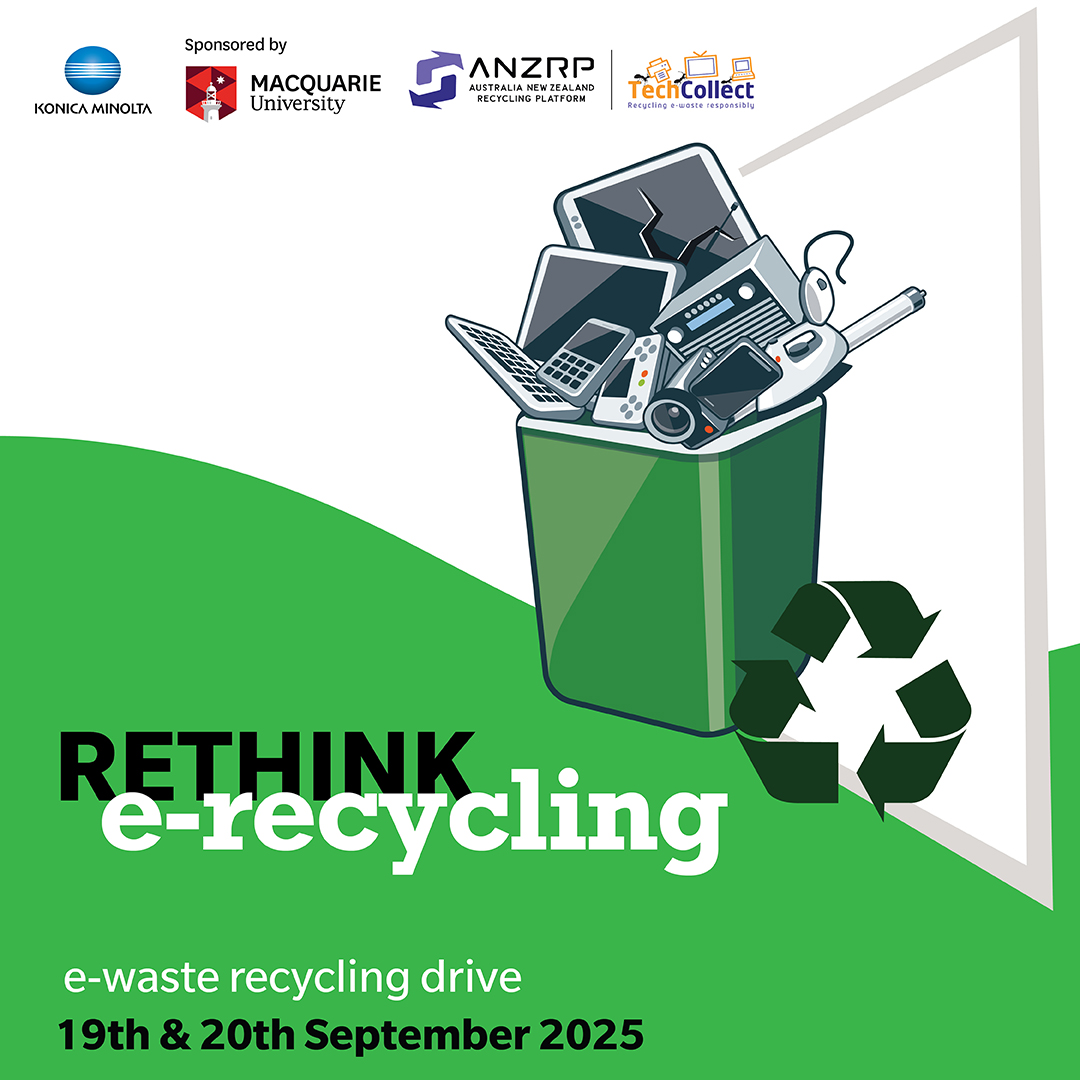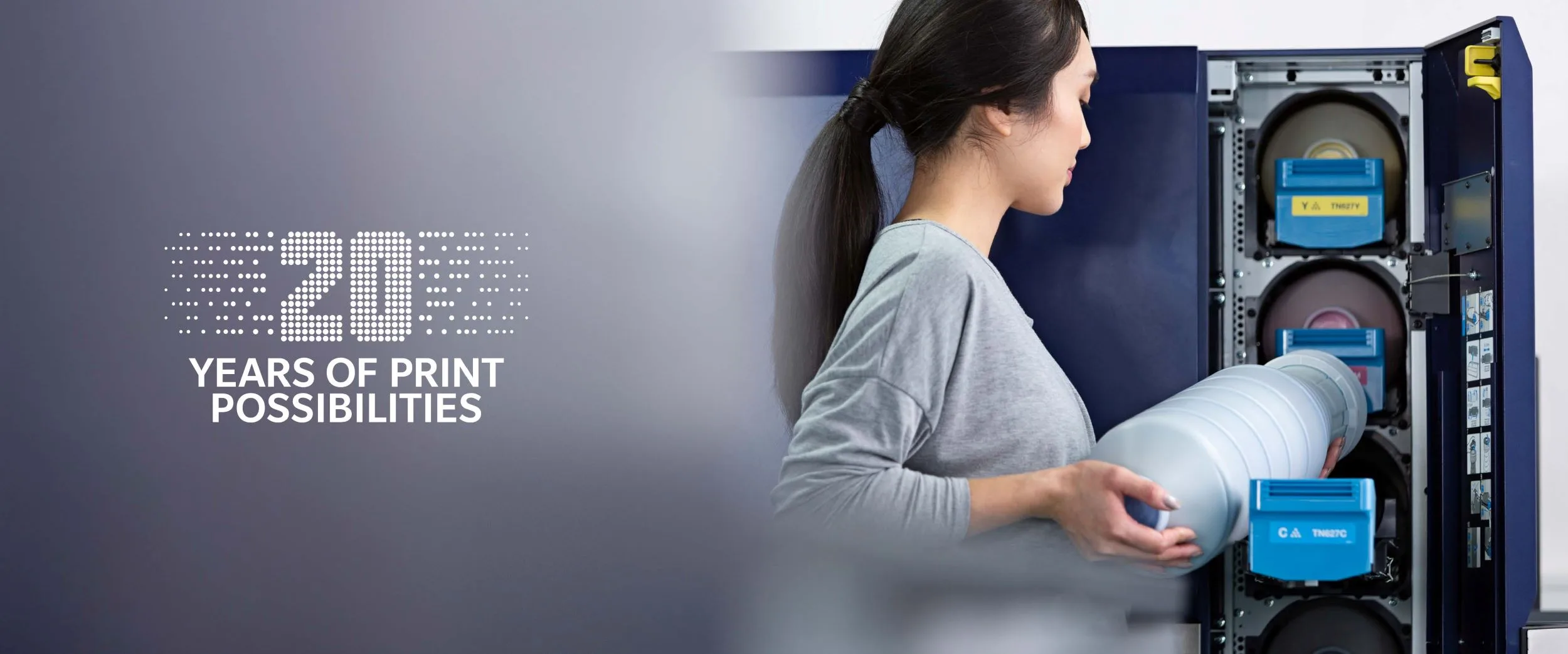It should be no surprise that digitisation has taken hold of the manufacturing sector as it adopts digital transformation strategies to making, improve efficiency, and increase agility. The events from the past few years have altered the manufacturing landscape, forcing businesses to reassess and consider ways that technology can improve processes and build resilience in their supply chains.
Last year, McKinsey & Company identified four durable shifts emerging from worldwide disruptions that had profound implications in manufacturing and supply chain: agility and customer centricity; speed and productivity; eco-efficiency; and supply chain resilience.1 In light of these shifts taking place in the wake of economic disruptions, businesses must take advantage of the power of digital printing and unlock value that traditional printing processes can’t match.
At Konica Minolta, we have identified four benefits of digital printing in the packaging industry:
1. Quality
Digital printing is ideal for short runs needing a fast turnaround without compromising quality. In the manufacturing industry, the importance of packaging and labelling is undeniable. Customised packaging and the associated product labels can differentiate and increase brand visibility and brand loyalty, improve market demand and connect directly with consumers on a personal level. When choosing the right solution, manufacturers need to consider not just the hardware but also the software and ability to produce unique applications that combine to deliver superior results.
2. Sustainability
Sustainability is now an operational advantage and can be the key differentiator between competitors. Consumers are increasingly demanding sustainable products and packaging and are often prepared to pay more for them. Digital printing significantly reduces waste, uses less energy, and has a smaller carbon footprint than conventional printing techniques. Manufacturers that reduce their footprint and embrace sustainable manufacturing will likely experience increased revenue, strengthened brand and reputation, and enhanced consumer trust.
3. Flexibility and low cost
Digital printing is an affordable choice for short runs, as no printing plates and virtually no press setup are necessary. It also creates value for manufacturers by reducing inventory costs and risk with on-demand printing. Digital printing’s flexibility means businesses can customise print product suit consumer demand and combat the costs associated with SKU proliferation, making it ideal for manufacturers expanding product lines. Its flexibility capabilities are a key driver to delivering a revenue stream that expands existing offerings and can lead to more business opportunities.
4. Speed to market
Unlike offset printing, digital printing files are recognised by the printer negating the need for printing plates, making it more economical to produce small runs and variable output. As a result, digital printing speeds up the time it takes to move from the design concept to the finished product. This helps manufacturers respond quickly to customer demands while easing supply chain issues and reducing overall costs.
Driving success in the packaging industry
To thrive in today’s consumer packaged-goods industry, digital printing is now an essential aspect of business growth and a point of differentiation against competitors. According to market research, the global digital print market for packaging generated US$20.6 billion in 2021 and is forecast to double to more than US$49.9 billion by 2031, a compound annual growth rate of 9.1 per cent from 2022 to 2031.2 With exponential growth expected, now is the time to reassess current processes and take advantage of innovative printing technology to unlock trapped value.
At Konica Minolta, we understand the demanding nature of the manufacturing industry. To help manufacturers thrive in today’s competitive industrial market, we provide unique digital printing solutions that add extra value, outstanding flexibility, and superior quality. The AccurioLabel 230 has the latest innovative technology for label printing and uses Konica Minolta’s unique SEA image processing technology, giving ultra-sharp image quality and consistency. Incorporating the new HD (High Definition) option, improvements have been made to the quality of production for the AccurioJet KM-1e, B2+ inkjet press. These include the skin tones, uniformity of solid backgrounds and reproduction of textures, with a ‘best in the industry’ image quality. Photobooks, artbooks and digital package printing are among niche markets suitable for the new model.
Investing and diversifying your business couldn’t be easier with digital printing technology. To leverage innovative solutions for commercial, packaging, and label printing markets, contact the Konica Minolta team today.
[1] https://www.mckinsey.com/business-functions/operations/our-insights/the-digital-future-of-manufacturing-consumer-packaged-goods
[2] https://www.prnewswire.com/news-releases/digital-printing-packaging-market-to-reach-49-9-billion-globally-by-2031-at-9-1-cagr-allied-market-research-301569460.html





